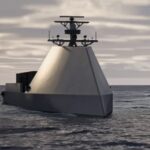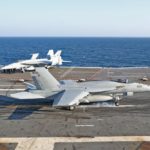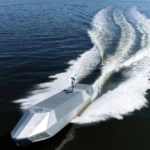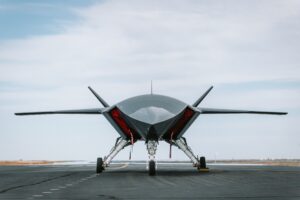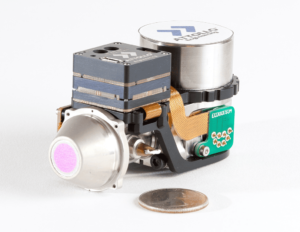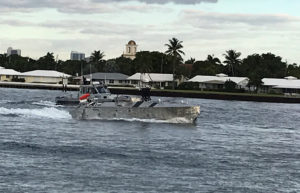
The Navy declared the Unmanned Influence Sweep System (UISS) achieved Initial Operating Capability (IOC) on July 22. “UISS’s declaration of IOC is a monumental achievement for the Navy’s Mine Countermeasures (MCM) Mission Package (MP),” Capt. Godfrey Weekes, LCS Mission Modules (PMS 420) Program Manager, said in a statement on July 28. UISS is a platform that performs acoustic and magnetic minesweeping while towed from the aluminum-hulled Mine Countermeasures Unmanned Surface Vehicle (MCM USV). The MCM USV is the tow platform…

 By
By 